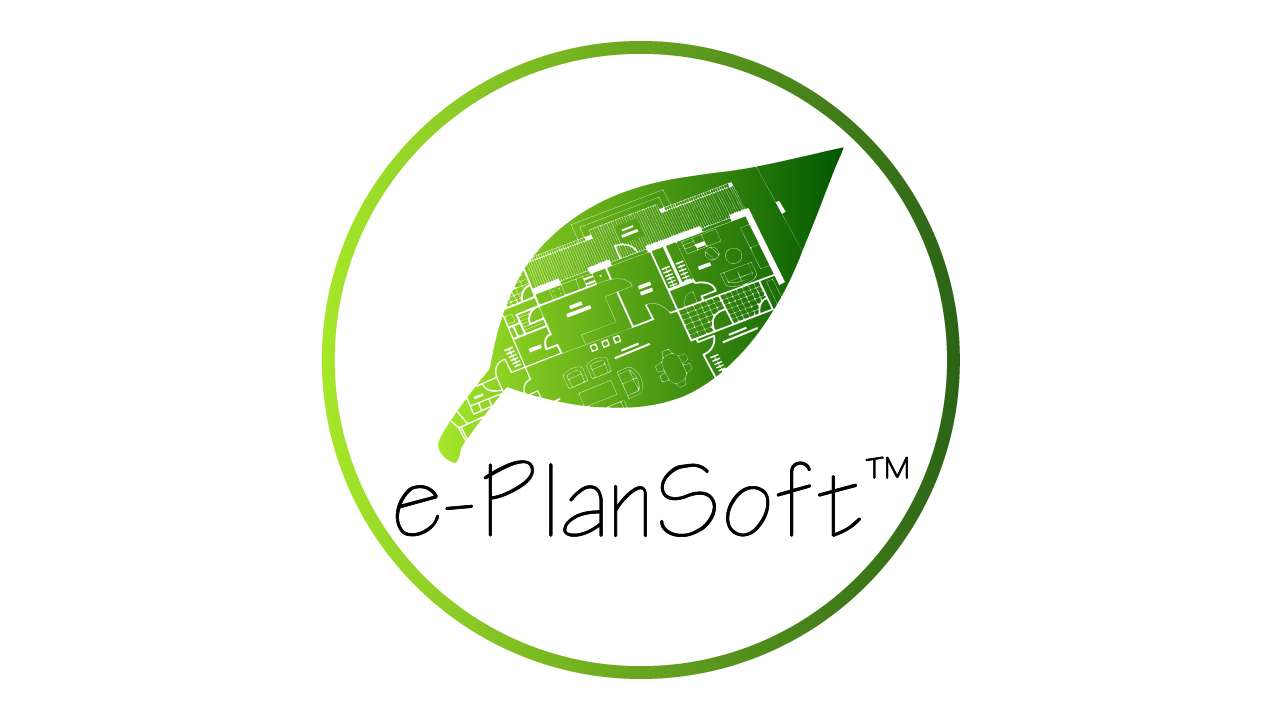Improving Citizen Trust and Engagement in Government Agencies
Building and Strengthening Citizen Trust in Public Agencies Citizen trust and satisfaction are critical indicators of success for local and state...

Explore our 2024 comparative review, your ultimate guide through the top-tier plan review solutions.
4 min read
 e-PlanSoft™ Team
Apr 29, 2024 11:00:00 AM
e-PlanSoft™ Team
Apr 29, 2024 11:00:00 AM

As any developer can tell you, plan reviews are like the bread and butter of construction. Or to be more accurate, they're the flour, yeast and milk you need before you can even make the bread and butter. Most of the time, no construction can take place without first conducting a plan review.
If you're a plan review company or government agency reviewing the plans, you specialize in the process. You know what goes into a review, whether it's assigning teams to a plan set, collaborating until it's ready for submission, and repeating the process until it's considered suitable by the relevant building permit authorities.
Here, we'll discuss what a plan review is, why it's necessary, what's involved in it and how it can be done either with pen and paper or digitally with eplanning (electronic plan review).
A plan review is a necessary step before almost any type of development can start. It's what occurs before permit issuance.
There are different types of plan reviews, whether they be a building plan review, site plan review or commercial plan review. These ensure, for example, that the building code, public safety regulations and other building permit application requirements are met.
A concurrent plan review is one that is marked up and viewed in real-time via electronic plan review software. A wide variety of groups participate in the plan review process, and each of those groups has different roles to play depending on what's in the plan.
The "concurrent" part means multiple departments are viewing it at the same time. Electronic means this is all done on the same digital documents or plan set.
Imagine you're submitting a construction or public works comprehensive plan for a commercial building; the fire department, building and engineering departments all participate in a concurrent plan review. Schools, city water and others receive the plan — all the involved departments that have to look at it to ensure it complies with city code and will pass a building inspection.
There are, at the highest level, two different types of plan reviews: vertical and horizontal.
A horizontal plan review is an evaluation of a building's compliance with codes and regulations at the time of construction. This focuses on the building's layout and design features that affect accessibility and safety. It typically includes a review of the building's site plans, floor plans, elevations, electrical, plumbing and many other related aspects.
Compare this to a vertical plan review, which typically refers to the review of infrastructure plans such as roadways, sewer or water lines, and other utilities that are on or in the ground.
The purpose of a plan review can be illustrated with an example. Imagine you're a developer and you want to buy 300 acres of land. You're looking to take that land and zone it as commercial and residential. The plan review is the necessary step before you can actually build anything on the land. This involves submitting a set of plan review documents that regulate land use.
Depending on the type of plan review you're doing, the steps involved can vary a bit, but the general flow remains the same:
If you're using electronic plan review software, the process looks a little bit different. It can be broken down into six smaller steps:
READ OUR PRACTICAL GUIDE ON ELECTRONIC PLAN REVIEW FOR GOVERNMENT HERE!
In brief: How long the plan review process takes varies widely depending on a range of factors. Sometimes, the plan review process isn't even necessary for a project to proceed, effectively being instantaneous. Other times it can take weeks; still others, months. One of the primary factors that go into the time it takes is if the building authority is backed up with too much work, which can cause significant delays. Another is how complex the plan set is: Some are simple and others are vastly more complicated.
There is no "typical" amount of time a plan review can take.
Eplanning is a natural digital evolution of the plan review process. You can use eplanning — electronic plan review software — to handle all aspects of the plan review process.
There are many advantages eplanning has over traditional planning. The most notable are:
Traditional pen-and-paper plan reviews are still the norm for many, but with eplanning, the process can be made much more intuitive. The future of the plan review process is here and ready to be adopted by virtually any plan review service. See how easy it is.

Building and Strengthening Citizen Trust in Public Agencies Citizen trust and satisfaction are critical indicators of success for local and state...
In the world of plan review software, the choice of platform can significantly impact the efficiency and accuracy of project evaluation. Bluebeam Revu
As local governments strive to streamline their permitting processes, transitioning from paper-based to electronic plan review systems is a critical...

Contractors looking to construct something new are constantly approaching internal government departments. You are undoubtedly well-versed in the...

You're an internal government department, and contractors want to build something new. You're familiar with the traditional process involved in...

It is said that municipalities carry the stigma of being behind the rest of the industry when considering using digital deliverables. Digital...